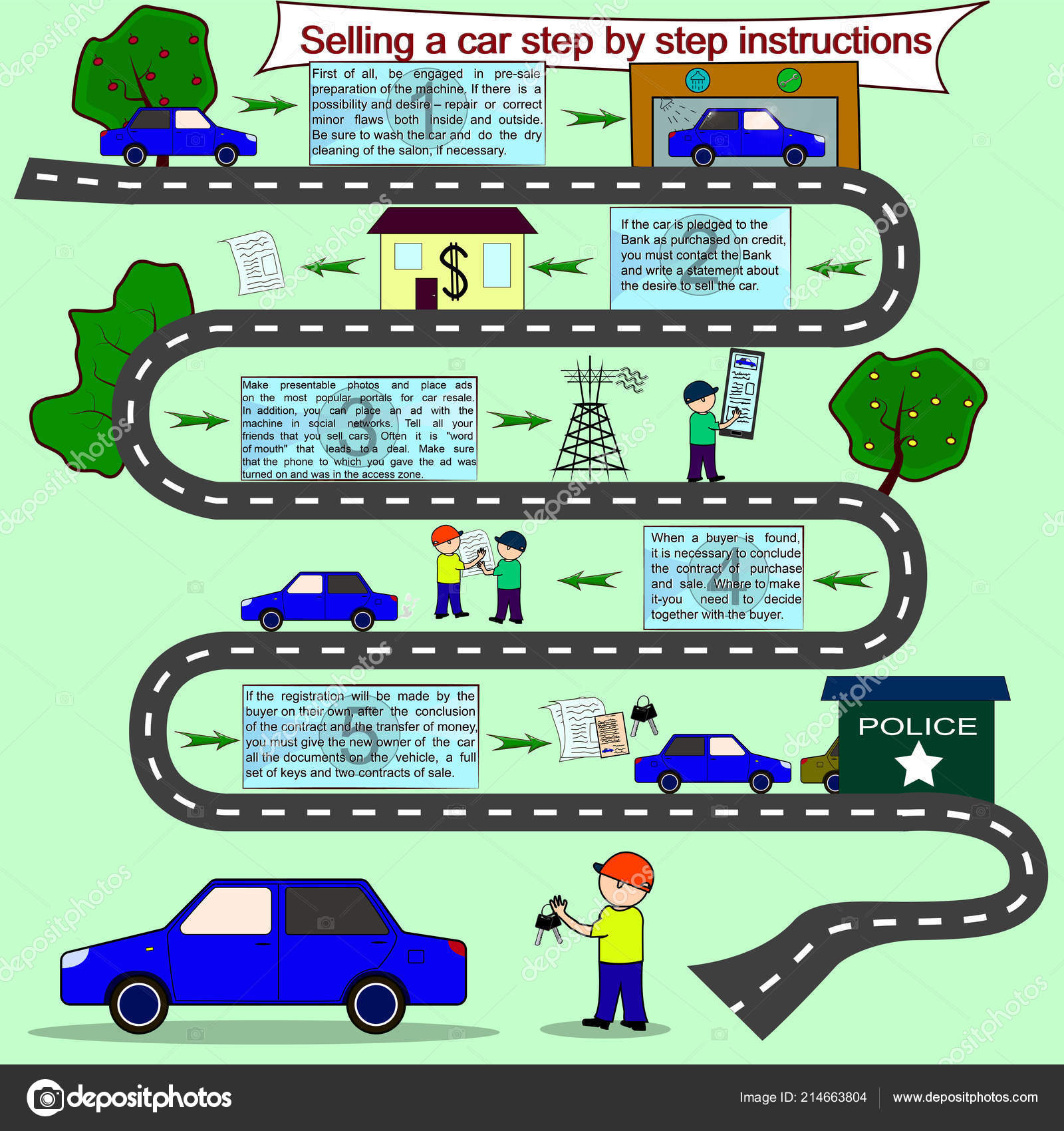Eager To Understand What The Dashboard Caution Lights In Your Automobile Represent? Explore Their Definitions For The Well-Being And Safety And Security Of Your Lorry
Eager To Understand What The Dashboard Caution Lights In Your Automobile Represent? Explore Their Definitions For The Well-Being And Safety And Security Of Your Lorry
Blog Article
Write-Up By-Hartley Alvarado
When you lag the wheel, those glowing caution lights on your control panel can be a bit complicated. Do you know what they're trying to inform you about your car's health and wellness? Recognizing the importance of these lights is vital for your safety and the durability of your automobile. So, https://brakefluidprice06273.blogsuperapp.com/30773294/fascinated-in-understanding-the-caution-lights-on-your-vehicle-s-control-panel-discover-their-value-for-your-car-s-safety-and-total-problem following time among those lights appears, wouldn't you intend to decipher its message properly and take the necessary actions to resolve it?
Common Caution Lights and Interpretations
Recognize common caution lights in your vehicle and recognize their definitions to ensure risk-free driving.
One of the most common warning lights include the check engine light, which indicates problems with the engine or emissions system. If this light begins, it's essential to have your vehicle checked immediately.
why not try this out alerting light shows low oil stress, requiring immediate attention to prevent engine damages.
A flashing battery light may suggest a faulty billing system, potentially leaving you stranded if not attended to.
The tire stress tracking system (TPMS) light alerts you to low tire pressure, impacting vehicle security and fuel efficiency. Disregarding this can result in hazardous driving problems.
The abdominal muscle light indicates an issue with the anti-lock braking system, compromising your ability to quit rapidly in emergency situations.
Last but not least, the coolant temperature level cautioning light warns of engine overheating, which can result in extreme damage if not resolved swiftly.
Understanding these usual caution lights will help you deal with concerns without delay and preserve secure driving problems.
Significance of Prompt Attention
Comprehending the common warning lights in your auto is just the initial step; the significance of promptly addressing these cautions can not be emphasized enough to guarantee your safety and security on the road.
When a warning light illuminates on your dashboard, it's your vehicle's method of connecting a potential problem that requires attention. Ignoring these warnings can bring about much more extreme issues in the future, compromising your security and potentially costing you more out of commission.
Trigger focus to warning lights can stop breakdowns and accidents. For instance, a blinking check engine light could indicate a misfire that, if left ignored, can cause damages to the catalytic converter. Addressing this quickly can conserve you from a costly repair service.
Similarly, a brake system advising light could indicate reduced brake fluid or worn brake pads, vital parts for your safety and security when driving.
Do It Yourself Troubleshooting Tips
If you observe a warning light on your dashboard, there are a few do it yourself repairing pointers you can attempt prior to seeking specialist help.
The very first step is to consult your automobile's handbook to comprehend what the specific caution light indicates. In some cases the concern can be as easy as a loosened gas cap causing the check engine light. Tightening the gas cap may resolve the trouble.
An additional usual concern is a low battery, which can activate various alerting lights. Examining the battery links for rust and ensuring they're safe may deal with the problem.
If a warning light persists, you can attempt resetting it by separating the auto's battery for a couple of mins and after that reconnecting it. In addition, examining your automobile's fluid degrees, such as oil, coolant, and brake liquid, can help troubleshoot warning lights associated with these systems.
Final thought
Finally, comprehending your car's caution lights is important for maintaining your car running smoothly and safely. By immediately attending to these alerts and recognizing what they imply, you can stay clear of costly repair work and potential failures.
Keep in mind to consult your car's guidebook for particular details on each advising light and do something about it appropriately to guarantee a hassle-free driving experience.
Keep notified, remain risk-free on the road!
